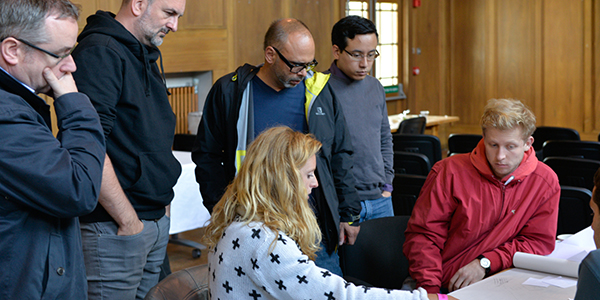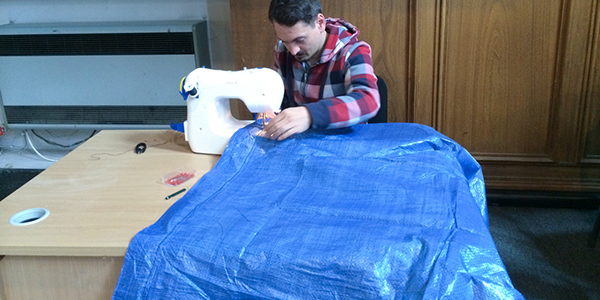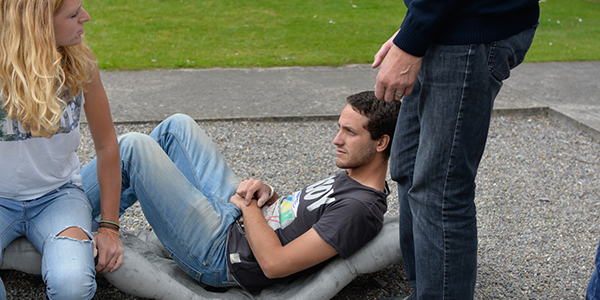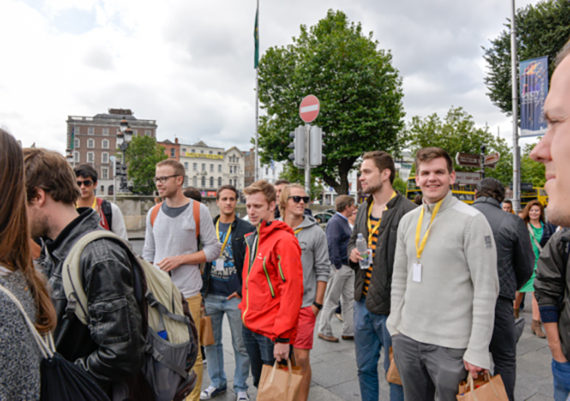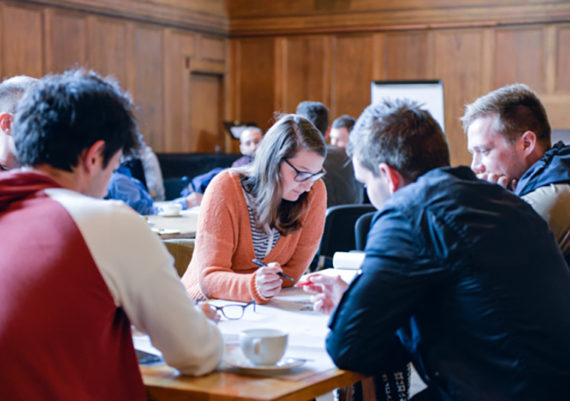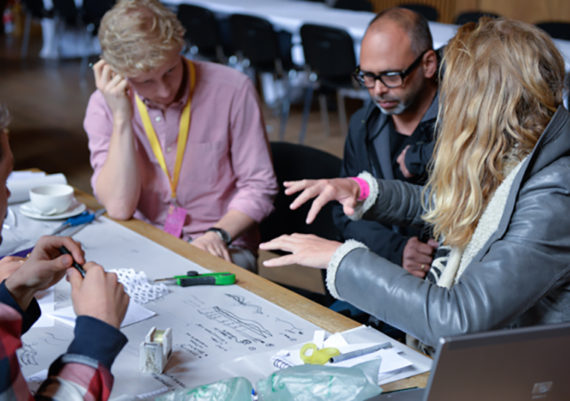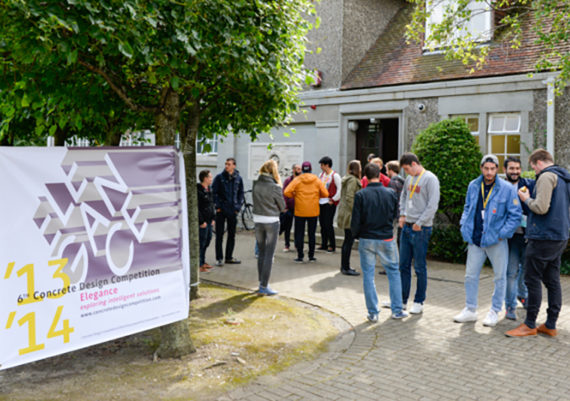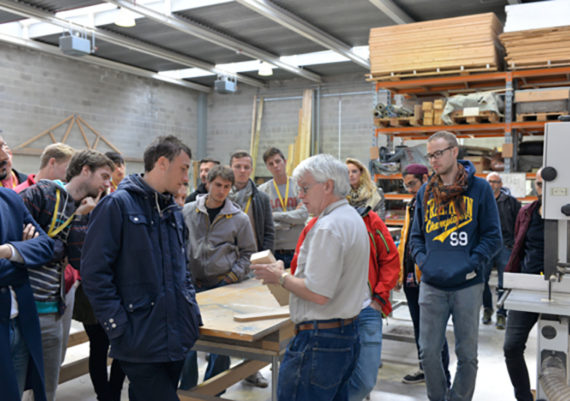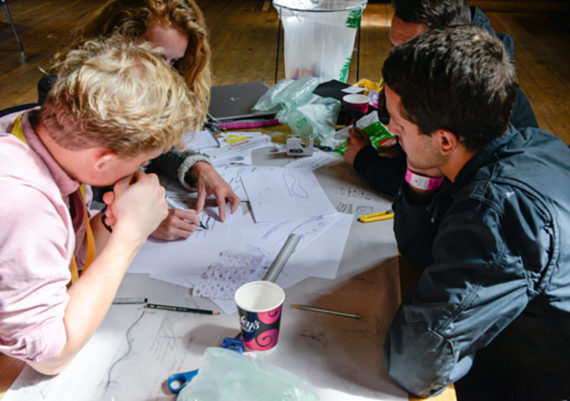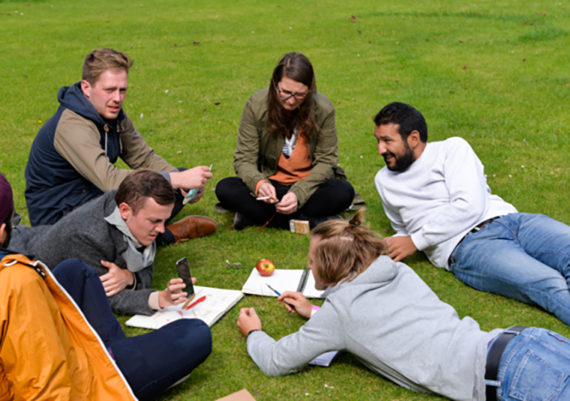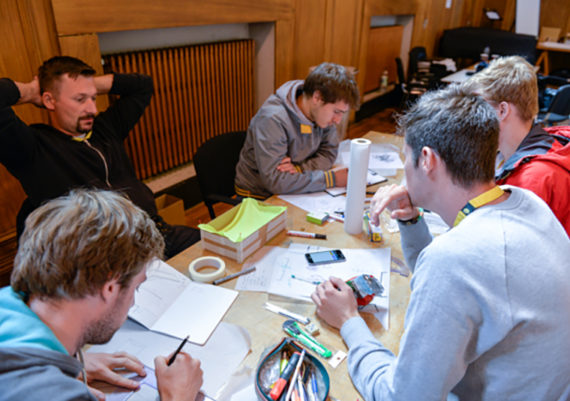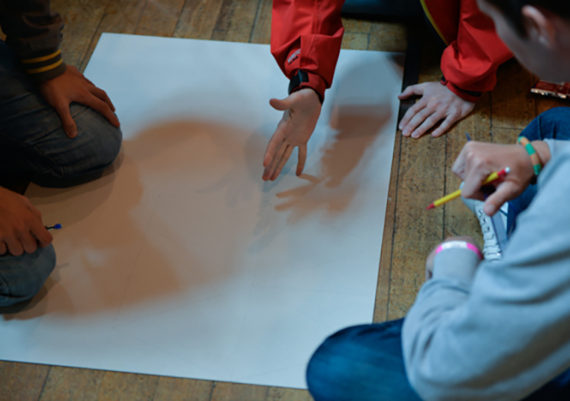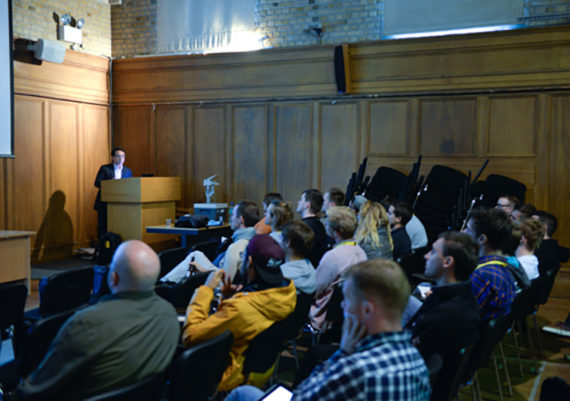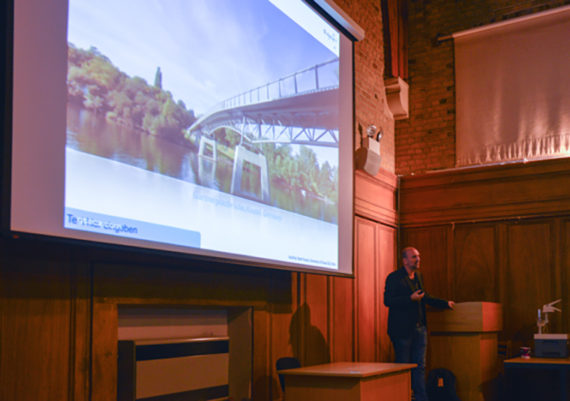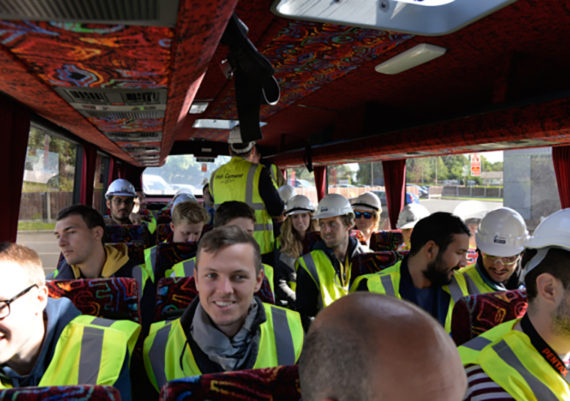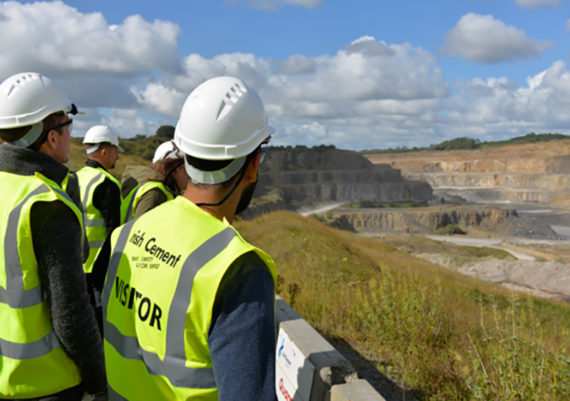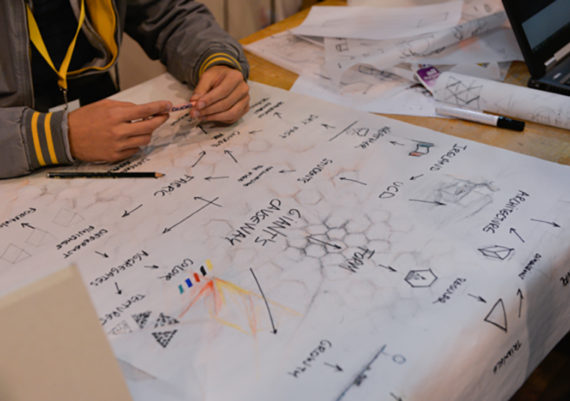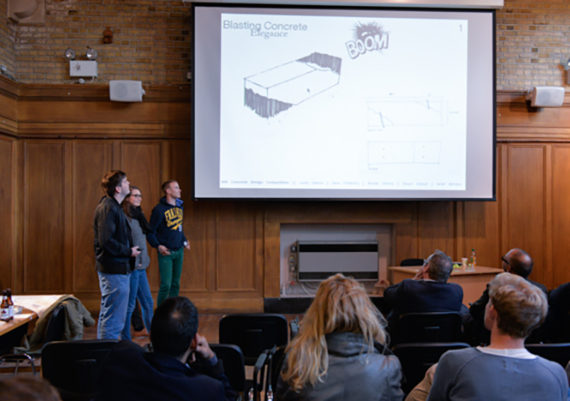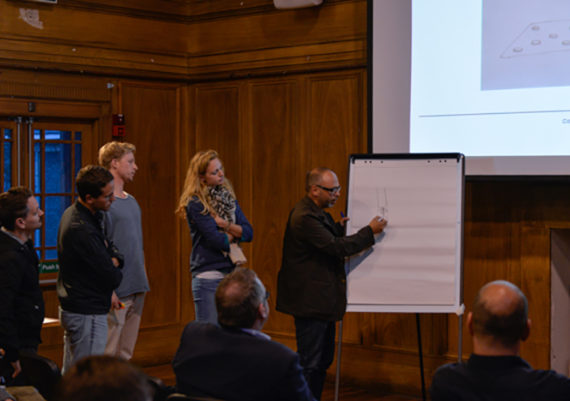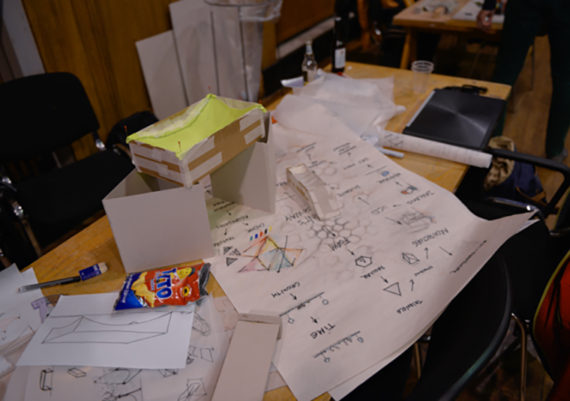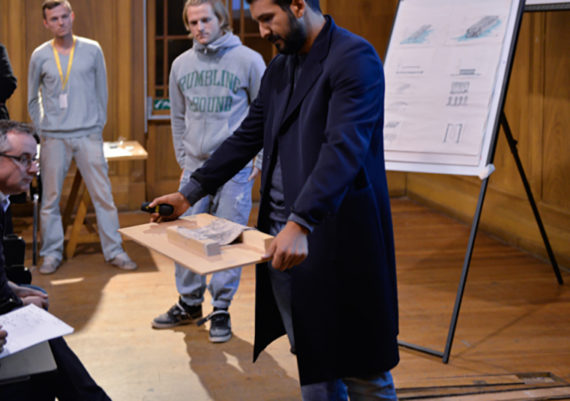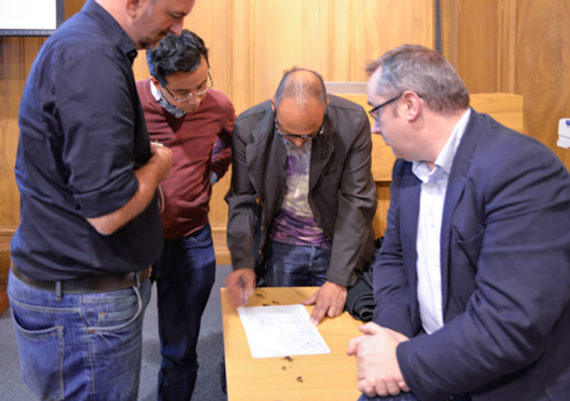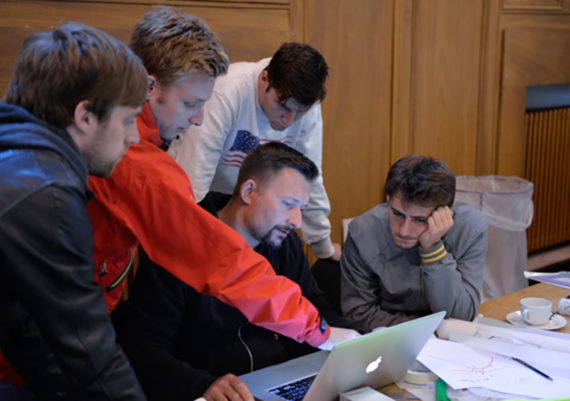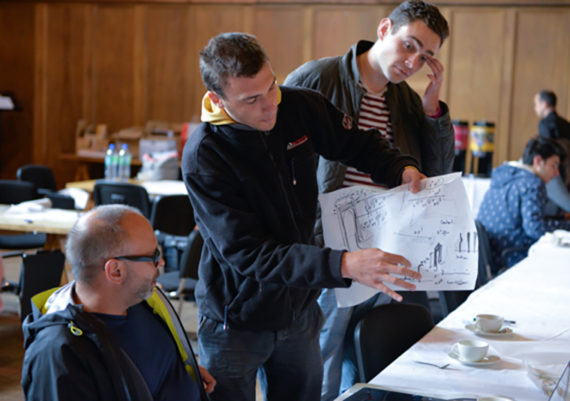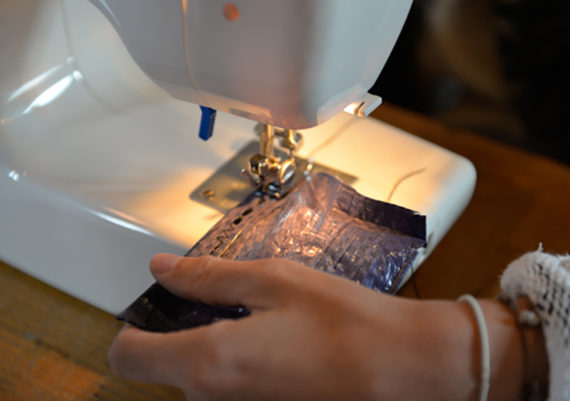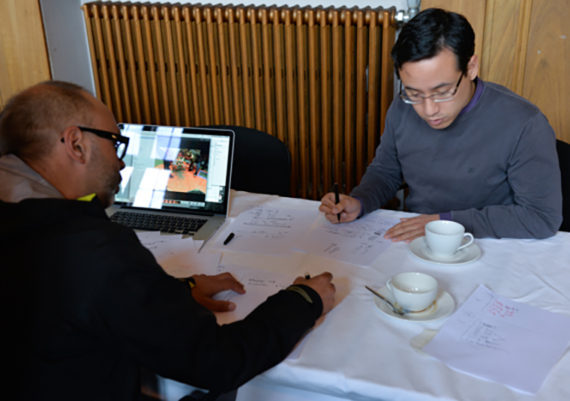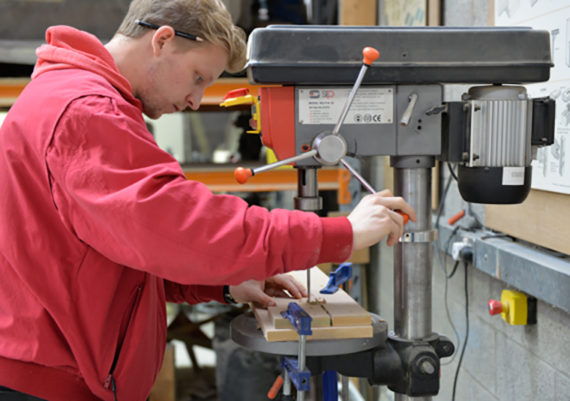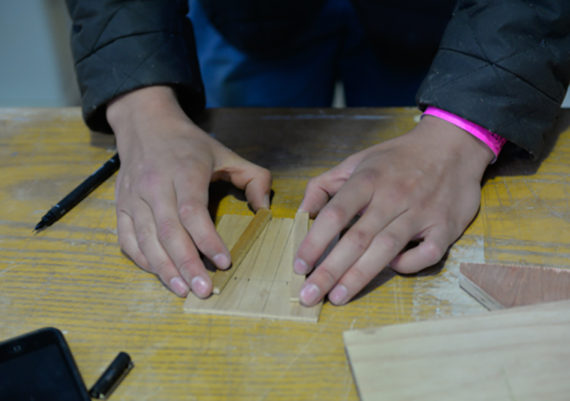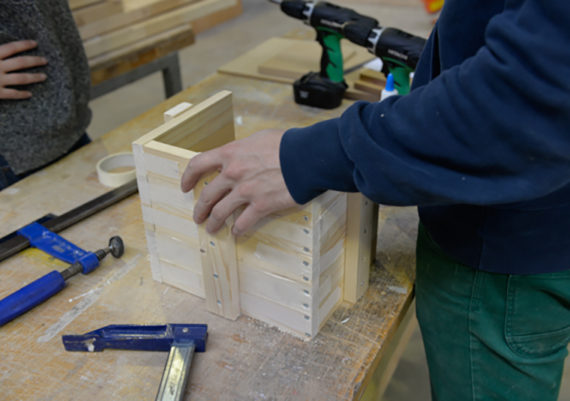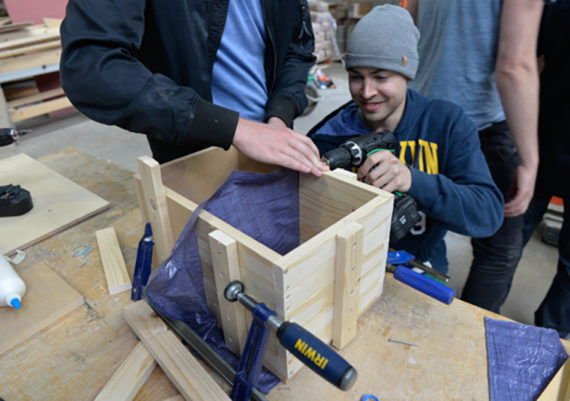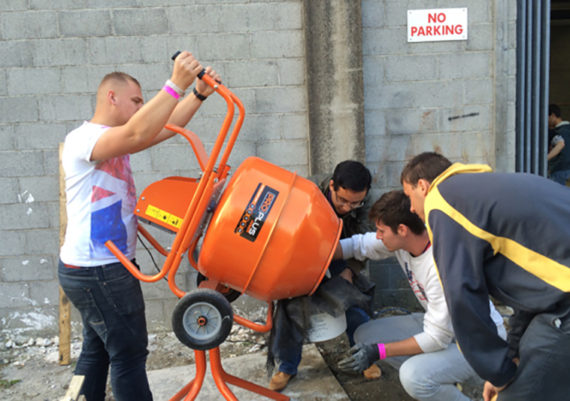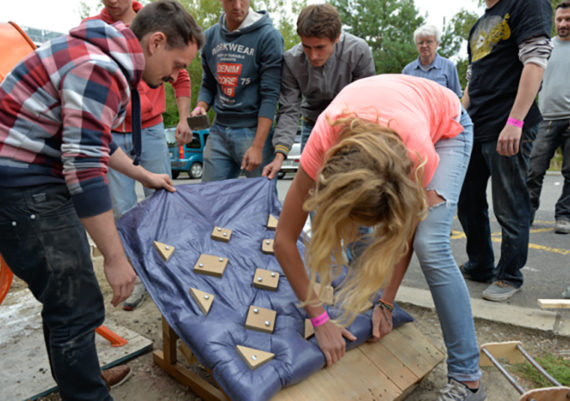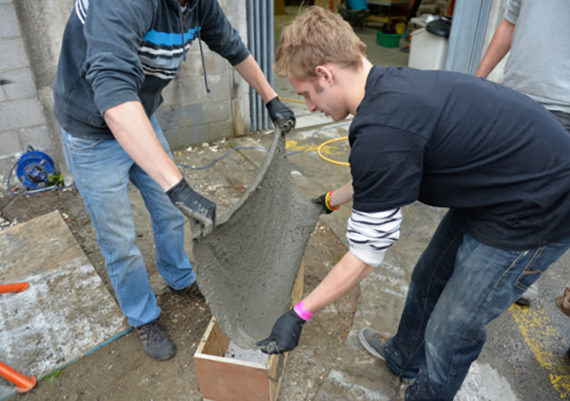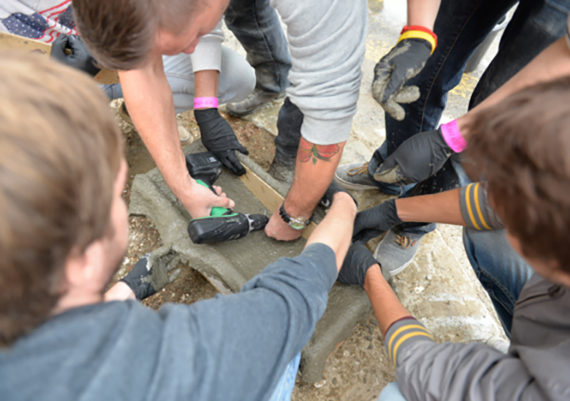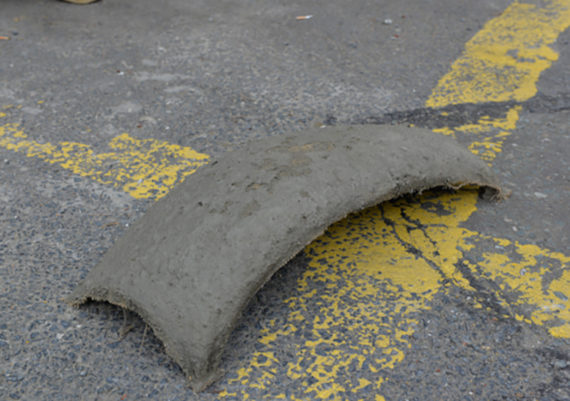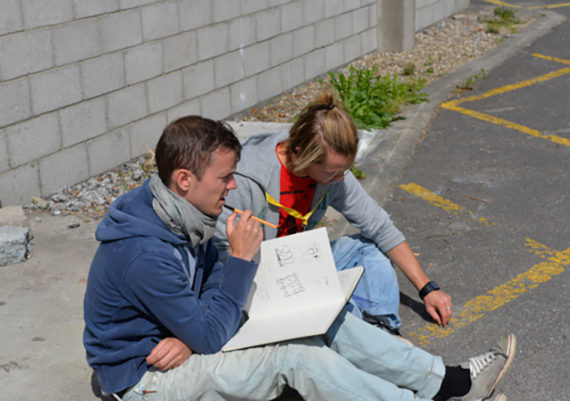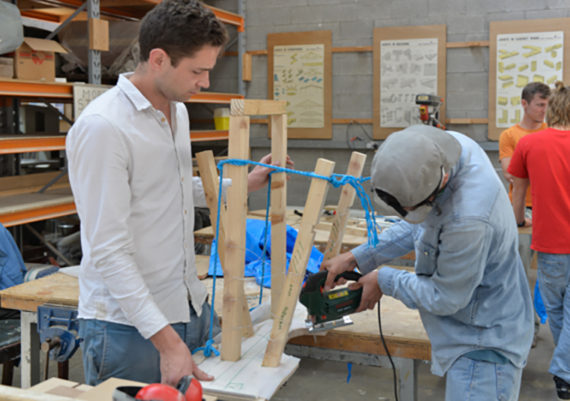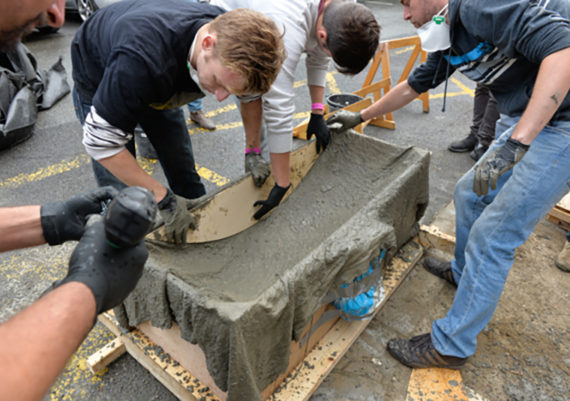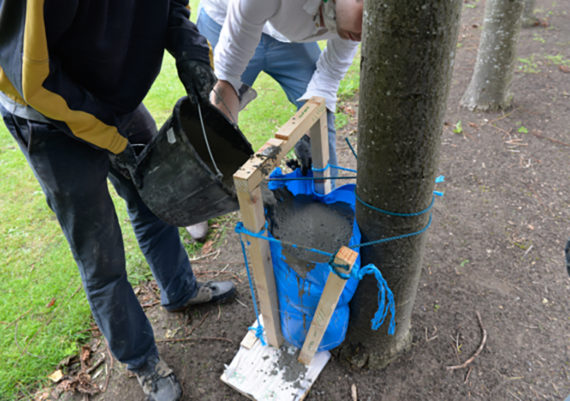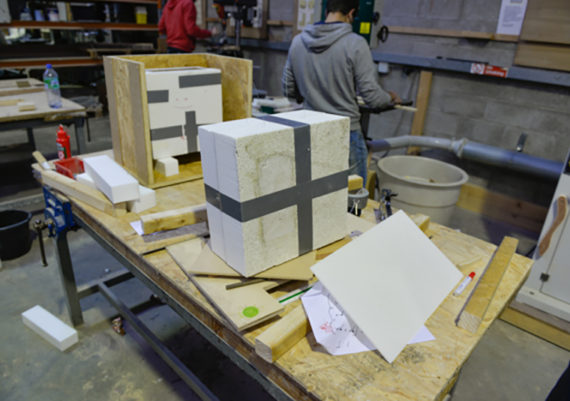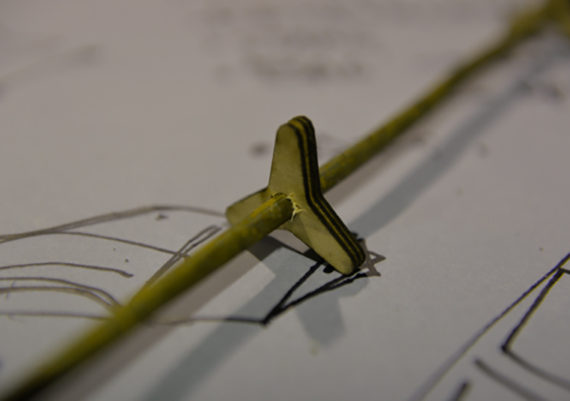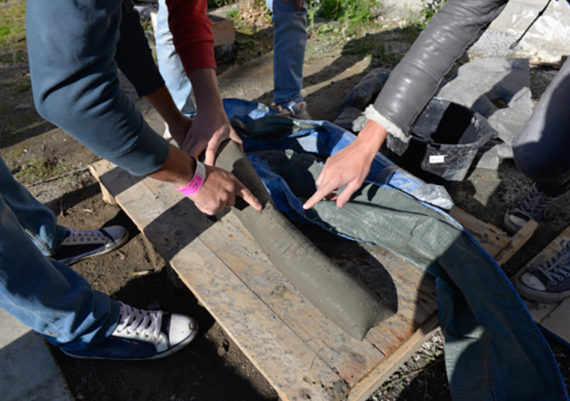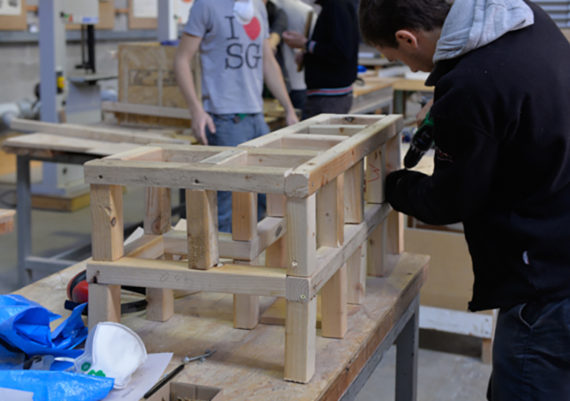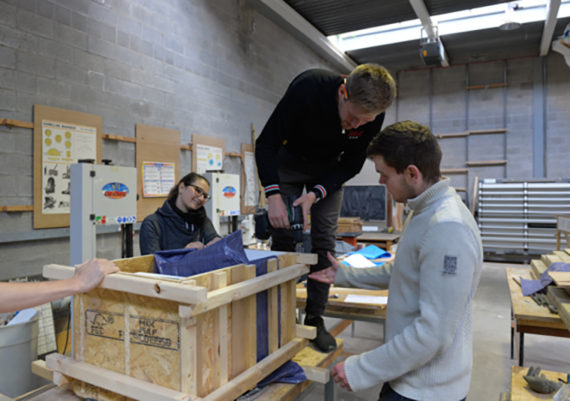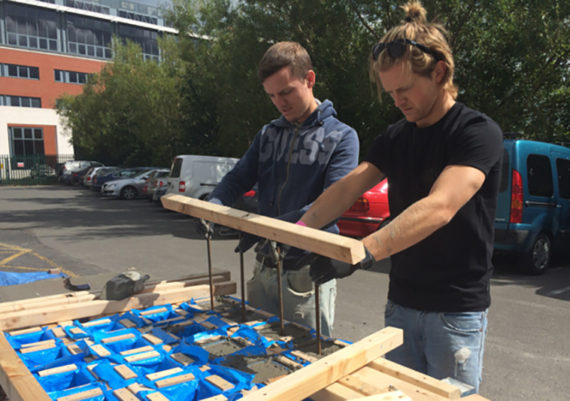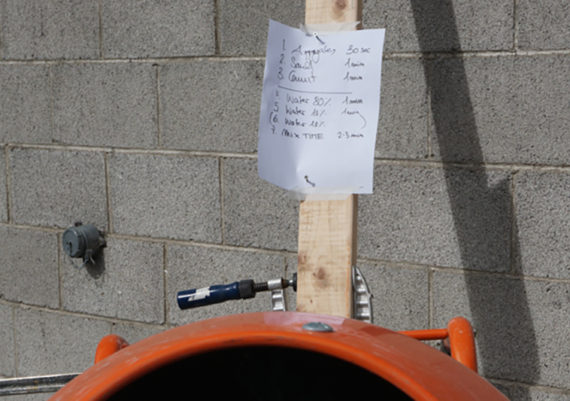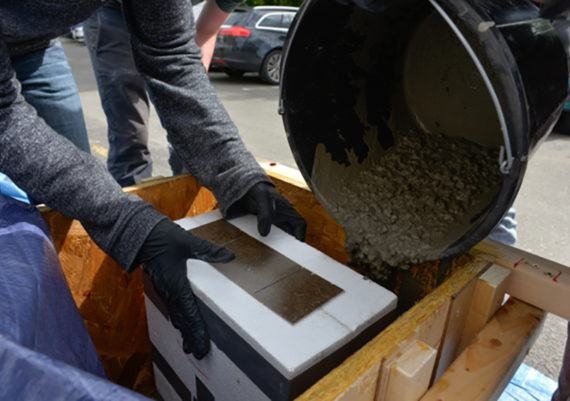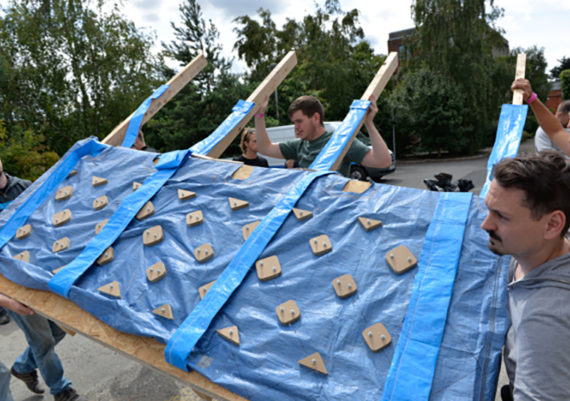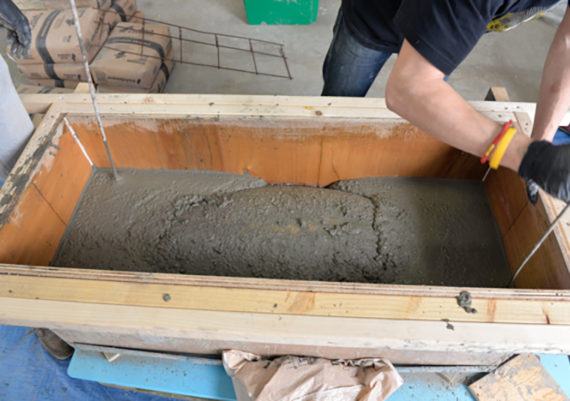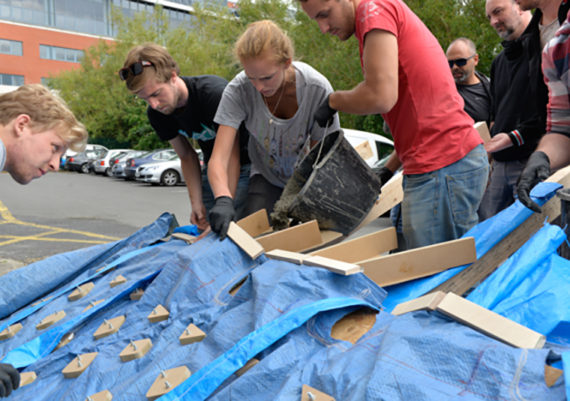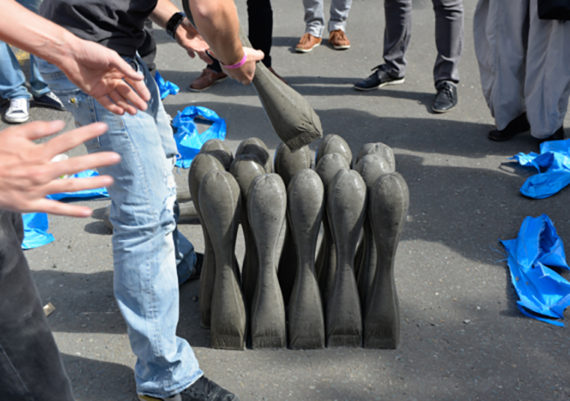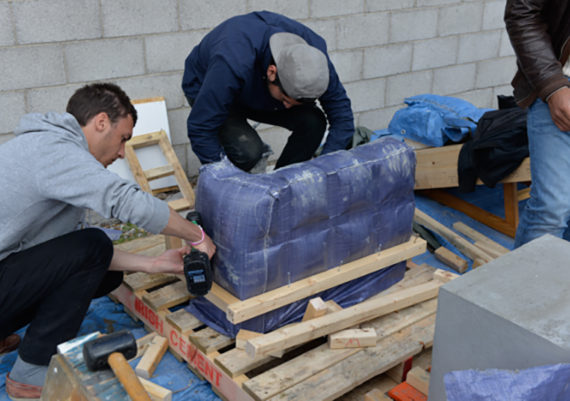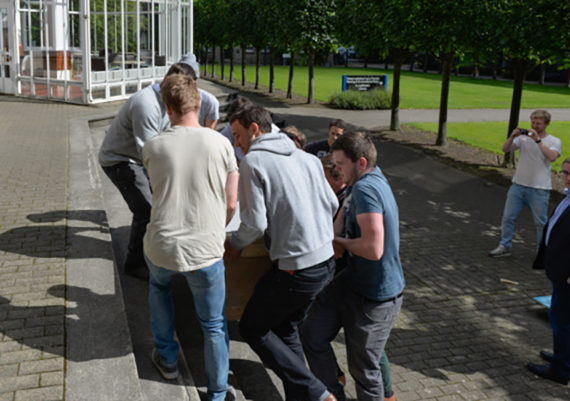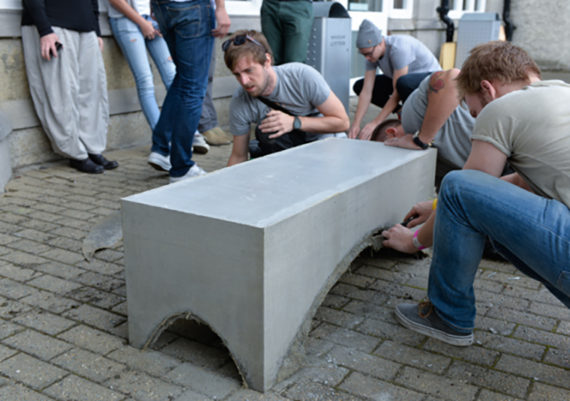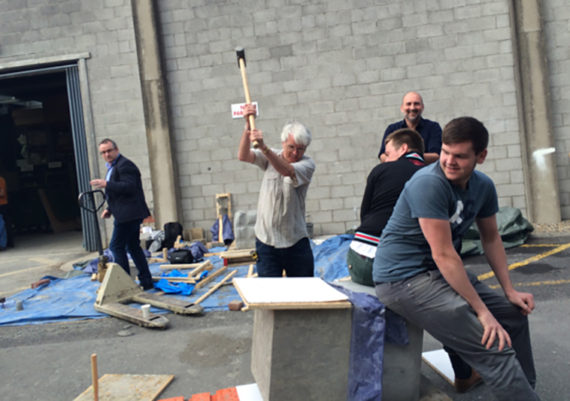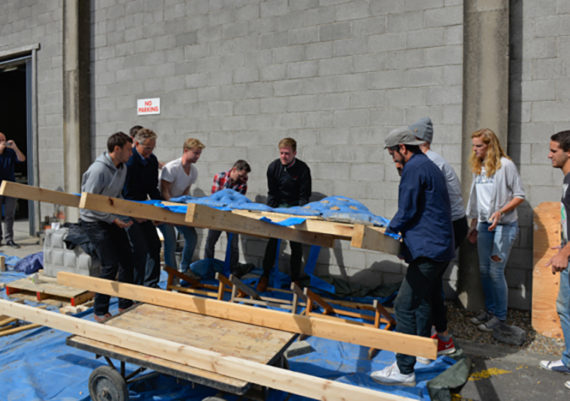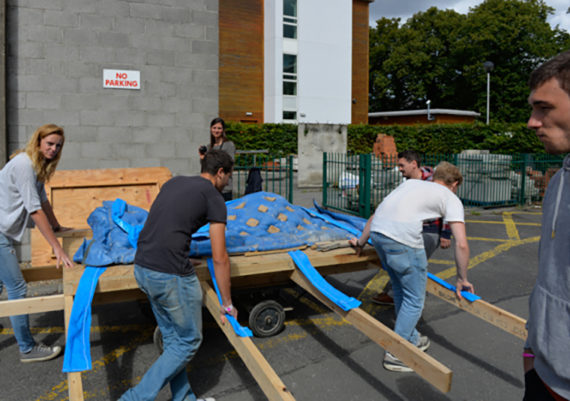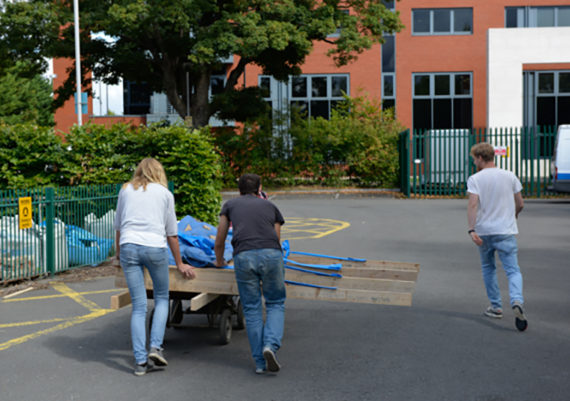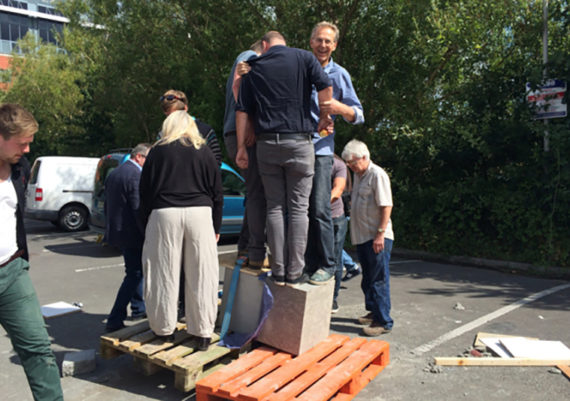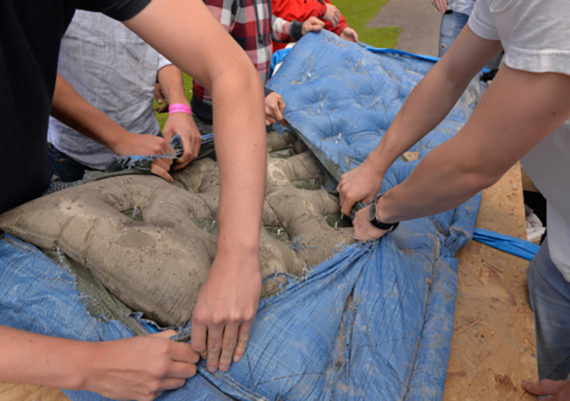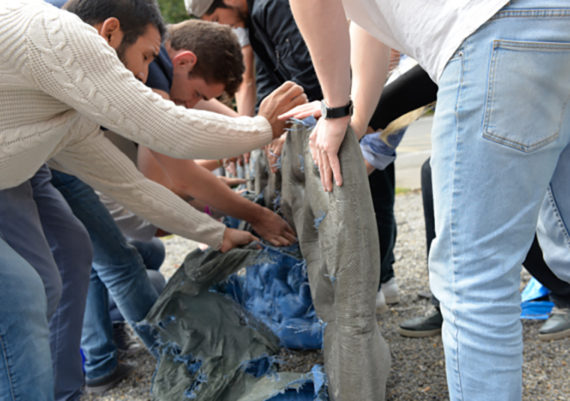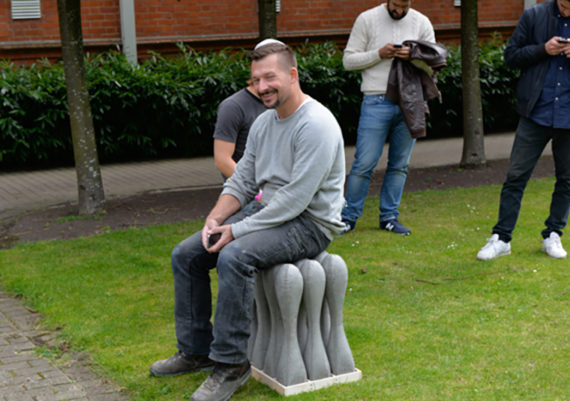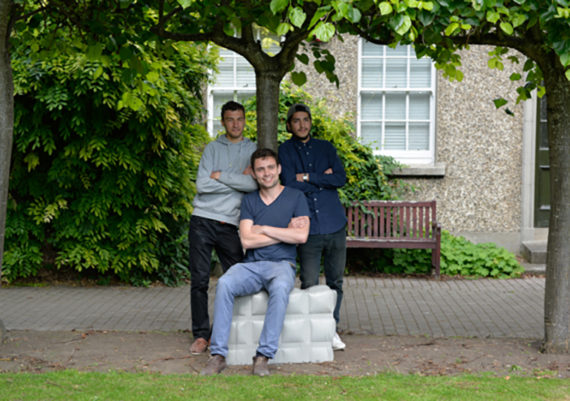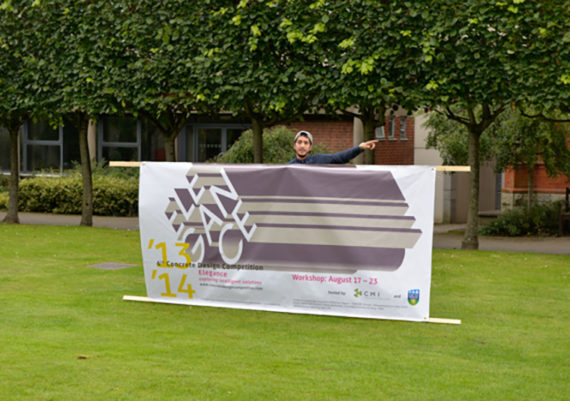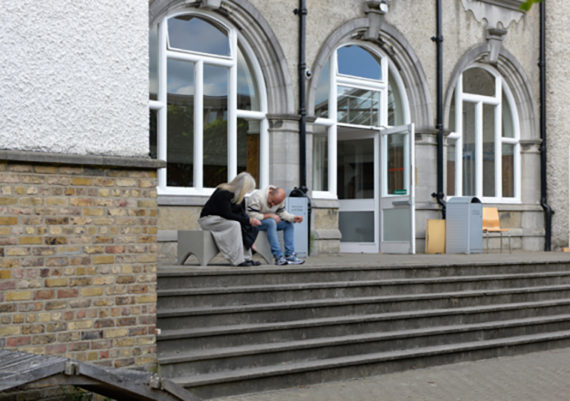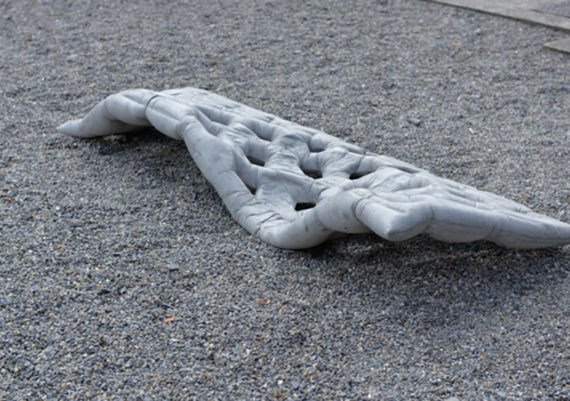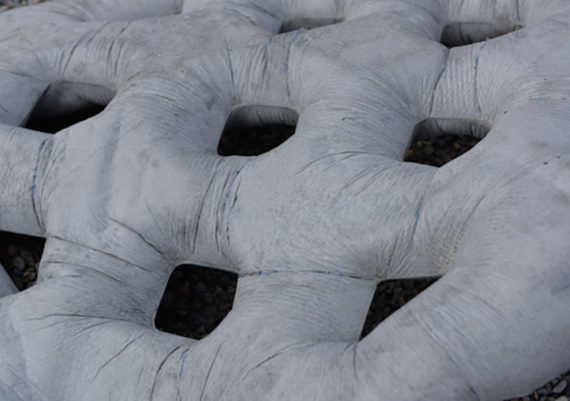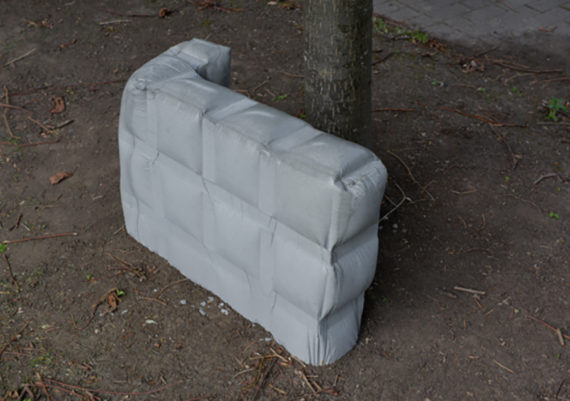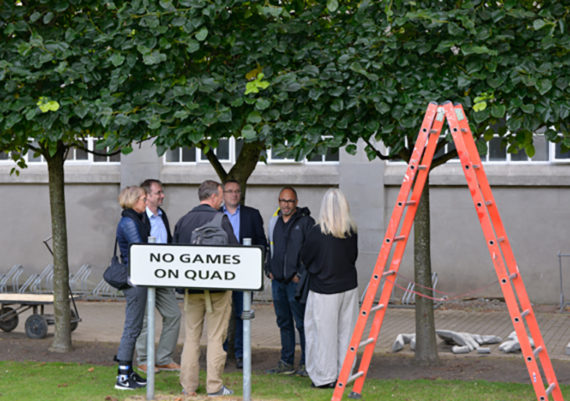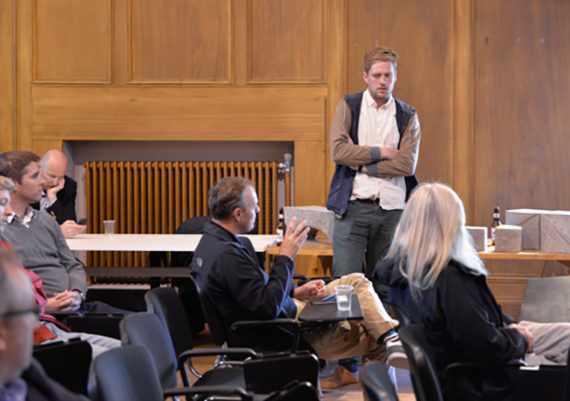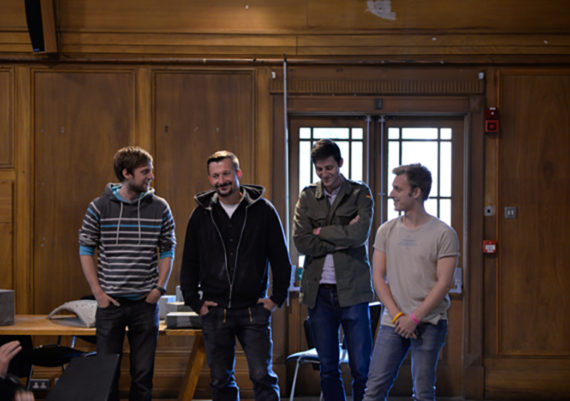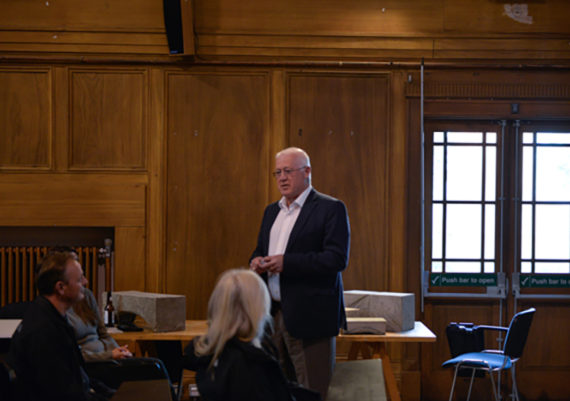Elegance
The sixth edition of the Concrete Design Competition will host the theme of 'Elegance - exploring intelligent solutions'. It will run in Belgium, Germany, Ireland, the Netherlands and Turkey. Coordinating country Ireland will host the workshop for Laureates in Dublin, August 2014. The competition will kick-off in September 2013, with deadlines for submitting entries in May 2014.
2013 - 2014
concept, format, coordination & management, tutoring, communication
assignment
Elegance
1: a refined quality of gracefulness and good taste
2: a quality of neatness and ingenious simplicity in the solution of a problem
The contemporary architectural practice is challenged with a wide range of economical, environmental and social issues. Ranging from reduction of raw materials and optimizing energy flows, to wide spread computer aided production processes and increasing numbers of experts for each project, the field of architecture becomes more complex and needs to focus more on inventing smart and efficient systems. Combined with an exploding range of materials and techniques to chose from we often see a practice that is either strongly focused on iconic qualities of buildings, or on carefully engineered sets of performances and materials, fully rationalized and mainly functional.
This competition seeks to investigate 'elegance' in architecture and concrete. 'Elegance' as in smart and efficient, intelligent and effective. Without a doubt architecture should not lose its 'eye-catching' qualities, formally expressing the architect's and client's notions on any specific assignment and its context. However, any solution or proposition that merely addresses formal challenges and ambitions can just be as limited as architecture arising from pure technical rationalization and optimization.
'Elegance' stands for simple and strong proposals, optimizing material properties and construction systems. It stands for driving a formal and spatial language that stands out for its efficiency and intelligence of system, structure and program. It also stands for a collaborative, if not seamlessly complementary, multi-disciplinary approach in which designers, architects, engineers and scientists invent and develop together. One only has to look at Pier Luigi Nervi and Felix Candela, Le Corbusier and Oscar Niemeyer to understand how technical and material developments can lead to innovative structural systems as well as to new and appealing formal expressions. Current examples can be found in the works of Zaha Hadid, UNStudio, SANAA and others. They resort to state-of-the-art concrete mixtures and technologies as Ultra High Performance Concrete, exploiting monolithic and thermal properties of the material and flexible and computer generated formwork techniques. Optimized material properties and techniques cleverly deployed lead to startlingly beautiful and economical an technical sound results. Both of which are needed in our contemporary building practice.
The 6th Concrete Design Competition on Elegance asks students of architecture, design and engineering to explore concrete's properties and production techniques from the position of 'elegance' as described. To investigate intelligent solutions where aesthetic desires are merged with physical needs, structural and economic constraints, and social demands. This competition seeks seemingly simple proposals expressing clarity in architecture and structure whilst addressing all complex issues any assignment is challenged with nowadays. It challenges to stretch the potential of the material in both monolithic systems as well as in hybrid ones. It wants participants to embrace clever deployment of concrete supporting any kind of architectural performance. To seek collaborative and inclusive solutions. To use concrete at its best, where it is used best.
This competition does not prescribe a specific location or program; participants can choose a context of their own that supports their fascinations and ambitions and that fits an acute presentation of their ideas and solutions. The design proposals may range from objects, furniture and architectural details to housing, landscape interventions, complex buildings, infrastructure and structural systems.
The 6th Concrete Design Competition - Elegance runs in five European countries during the academic year 2013 - 2014. National laureates will be invited to participate in a weeklong international workshop facilitated by the industry's expertise featuring renowned lecturers and critics, further exploring concrete and elegance.
Elegance: exploring local & fabric
The workshop for laureates of the 6th Concrete Design Competition – Elegance took place at University College Dublin from August 17 till August 23, 2014. The participants, all winners in their country of study, took on the challenge to investigate this cycle’s theme even further. After studying ‘Concrete, Elegance & Architecture’ through university projects and competition entries, they emerged into working hands-on with the material and supported by a score of experts, critics and lecturers.
The focused assignment asked for combining ‘Elegance’ with two more specific themes: ‘Local’ in which local raw materials as well as locality and context were expected to be explored, and ‘Fabric’ which dealt with topics ranging from tactility to fabric (flexible) fromwork. All these topics had to be exploited and developed into a design for benches at the site of our host: University College Dublin.
In groups the students worked through discussions, sketches, models and actual concrete prototypes. Early in the week each group chose one of their proposals to produce into a scale 1:1 object. These were all placed and used on the premises at the end of the workshop.
Besides the facilities, materials and tools, the workshop was supported by key-note lecturers, Diederik Veenendaal, Gregor Zimmermann and Laurent Ney. Through their own designs and research they illustrated state-of-the-art concrete technologies, fabric formwork techniques and a series of fantastic structures. Local support from UCD and Cement Manufacturers Ireland took care of technical and practical support.
The students were truly committed to the workshop, making 12 to 14-hour days. Experiencing international group work. And delivering stunning results. Thanks to everyone involved, for your energy, commitment, enthusiasm and great ideas!
Cement&BetonCentrum - Hans Köhne
Cement Manufacturers Ireland - Richard Bradley
FEBELCEM - Noël Naert, Jean-Francois DeNoël
TCMA - Çaglan Becan
VDZ - Torsten Förster
master class participants:
Atil Aggündüz, Engin Tayfun Bakiş, Sarah Behrens, Sebastiaan Buitenhuis, Tanju Çoşkun, Eamonn Costello, Kristian Eliassen, Pol Firmenich, Milan Groß, Cédric Guillemot, Tim Jongerius, Onur Karandeniz, Gonzalo Lizama, Ruben Lopez Sanchez, Sergio Luque López, Dave O'Mahony, Merle van Marissing, Onur Oezdemir, Reinier Simons, Lukas Specks, Simon Treml & Michael Wagner
tutors:
Gregor Zimmermann (G.tecz) & Siebe Bakker (bureaubakker)
experts, critics and lecturers:
Richard Bradly (CMI), Laurent Ney (Ney + Partners), Michael Murphy (UCD), Eanna Nolan (CMI), Elizabeth Shotton (UCD), Diederik Veenendaal (ETH), Gregor Zimmermann (G.tecz
support:
University College Dublin
Cement Manufacturers Ireland
photography:
Jesse Meinesz for bureaubakker
Coen Smets
Gregor Zimmermann

